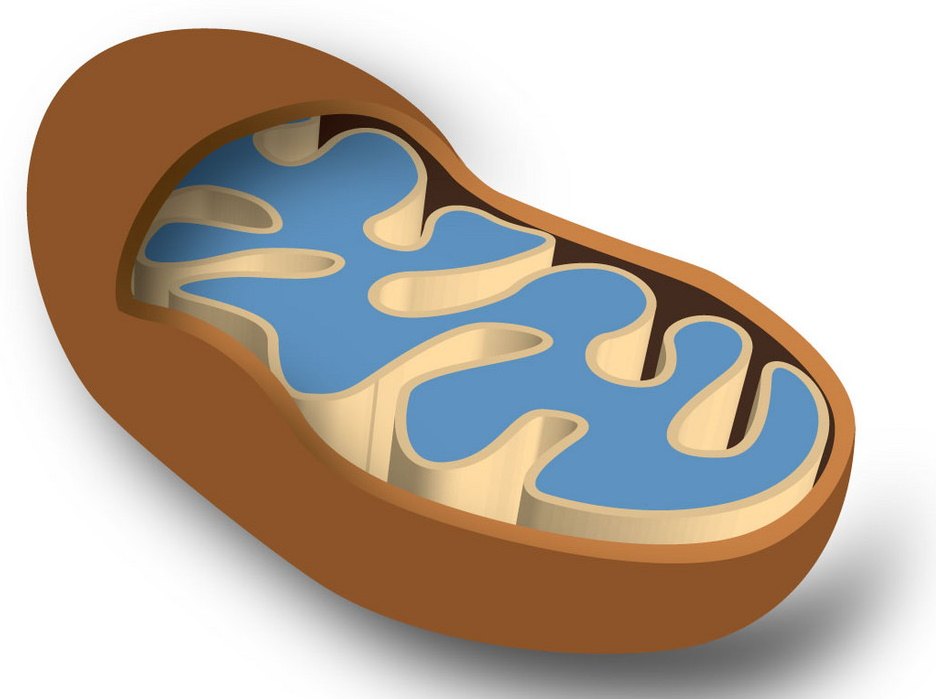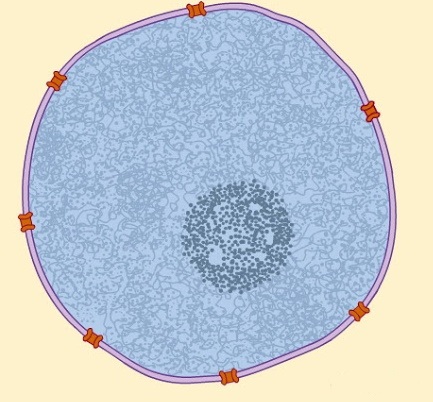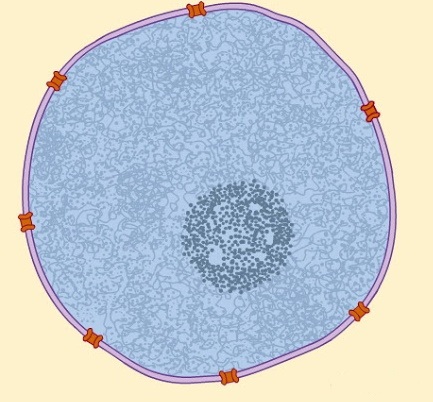
Cellular ultrastructure
Assessment
•
Carla Pieterse
•
Biology
•
10th Grade
•
141 plays
•
Easy
Improve your activity
Higher order questions
Match
•
Reorder
•
Categorization
.svg)
actions
Add similar questions
Add answer explanations
Translate quiz
Tag questions with standards
More options
60 questions
Show answers
1.
Multiple Choice
Unicellular organisms has more than one cell
True
False
2.
Multiple Choice
Unicellular organisms have a short lifespan due because...
these organisms being very large in size
they do not have cytoplasm to protect the cell from its environment
they only has one available cell to conduct all processes in the cell
3.
Multiple Choice
The surface-area to volume ratio tells us that...
smaller cells have a higher surface area to volume ratio
larger cells have a higher surface area to volume ratio
4.
Multiple Choice
Cells > Tissues > ? > System
Nucleus
Proteins
Organs
5.
Multiple Choice
Prokaryotic cells have no genetic material
True
False
6.
Multiple Choice
Eukaryotic cells have
membrane bound organelles
a nucleus
cytoplasm
all of the above

Explore this activity with a free account
Find a similar activity
Create activity tailored to your needs using
.svg)

Cell Organelles
•
6th - 8th Grade

Cell Organelles
•
10th - 11th Grade

Cells
•
9th Grade

Cells, Cells, Cells
•
7th Grade

Cell Organelles
•
9th - 10th Grade

Cell Structure and Function
•
10th Grade

Diffusion & Osmosis Intro
•
7th Grade

Cells
•
11th - 12th Grade






